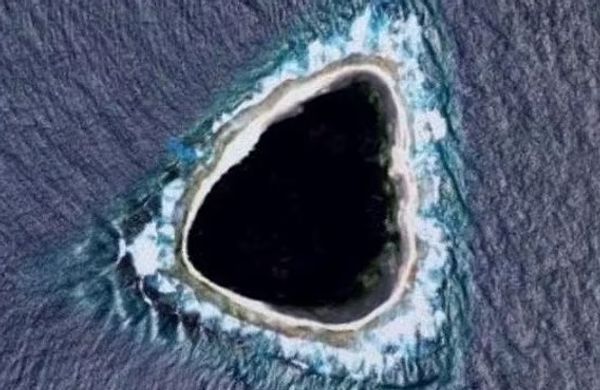Have you heard about the mysterious black hole in the middle of the Pacific Ocean? It caused quite a stir recently when a user on Google Maps stumbled upon a dark blob that appeared to be as big as 56 acres. Speculation ran wild, with some people even comparing it to the mythical island from the TV show Lost or suggesting that the Bermuda Triangle had shifted continents.

However, the truth is far less dramatic. The so-called “black hole” is actually the 56-acre island of Vostok, owned by the Republic of Kiribati. Located hundreds of miles away from Tahiti, this uninhabited island is covered in a dense forest of Pisonia trees, which give it its dark appearance when viewed from above.

The discovery of Vostok dates back to 1820 when Russian explorers stumbled upon it during their voyage through the southern waters of the Pacific Ocean. They named the island after their ship and later claimed it for the United States due to its rich reserves of guano, a valuable fertilizer at the time. Eventually, control of the island passed to the British and then to Kiribati, which declared it a wildlife sanctuary and has protected it ever since.

In 2009, marine conservationist Enric Sala led an expedition to Vostok to study its fish populations and document its natural resources. This remote island continues to intrigue scientists and nature enthusiasts alike, offering valuable insights into the delicate balance of our planet’s ecosystems.

So, the next time you come across a mysterious black hole on Google Maps, remember that there’s often a simple and fascinating explanation behind it.
